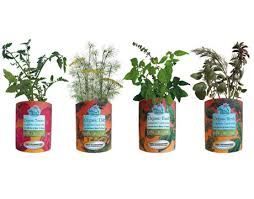Here is the introduction to the book which will be published and on sale before Christmas.
I will be turning attention back into articles here once the book is out so thank you all for bearing with me.An Introduction To Bulgarian Cuisine
Bulgaria was founded in 7th Century from this time right up to the 18th Century the Bulgarian diet was essentially based upon mainstay Europeans food such as various meats, dairy products, fish, cereals, fruits and vegetables. Into the 19th Century Bulgarian cuisine began to develop its own identity with many of the Bulgarian recipes seen in this book originating from this time. The types of produce grown and used extensively in kitchens in Bulgaria are given here:
- Meats: pork, beef, lamb, chicken, fish, duck, goose and snails.
- Dairy products: Almost everyone in Bulgaria eats yoghurt regularly; you can only find the bacteria that make yoghurt in Bulgaria! There are two main kinds of cheese: sirene (white sheep’s cheese) and kashkaval (yellow cheese). Sirene can also me made from goat and cow’s milk.
- Cereals: Rice, corn, maize, sunflowers, beans, lentils.
- Vegetables: Potatoes, cabbages, (green and red), carrots, tomatoes, green peppers, eggplants/aubergines, cucumbers, gherkins, garlic, zucchini/courgettes, lima beans, haricot beans, broad beans, peas, lettuce, radish, turnips, asparagus, gumbo, mushrooms and olives.
- Fruits: Cherries, raspberries, strawberries, blueberries, blackberries, apples, peaches, pears, plums, apricots, watermelons, honey melons, grapes and quince
- Nuts: Peanuts, chickpeas, walnuts, hazelnuts, almonds and sweet chestnuts.
- Herbs and Spices: Parsley, coriander, rosemary, spearmint, savory, paprika, dill, thyme, cumin, devesil, summer savoury, oregano.
By the 20th Century Bulgaria's economic interests were now linked with Middle and West Europe and exposure to common European foods like pizza, mayonnaise and cream as well as other foods not native to Bulgaria.Bulgarian cuisine today is a mixture of typical Bulgarian dishes and imported global world foods including much fast food. On the other side of the coin Bulgarian cuisine is now exported worldwide not least for the reason from the masses of Bulgarian people moving overseas during the 1990s and stems from this demand.Bulgarian home cooking is normally done starting with the cooking of the meat and gradually adding all other ingredients. The cooking process would have all been started and finished in one saucepan. Cooking food on a low heat is steeped in Bulgarian history. Many stews and casseroles are served in a brown-lidded bowl called a ‘gyuvech’ meaning earthenware dish. This gives the distinctive flavoursome, nutritious and well tenderised eating associated with Bulgarian cuisine.




![Reblog this post [with Zemanta]](http://img.zemanta.com/reblog_e.png?x-id=06d9c09b-4a56-4891-9251-b61a6555712f)

![Reblog this post [with Zemanta]](http://img.zemanta.com/reblog_e.png?x-id=fc5f465d-1ab5-4b89-b43c-414ed1f2880c)



